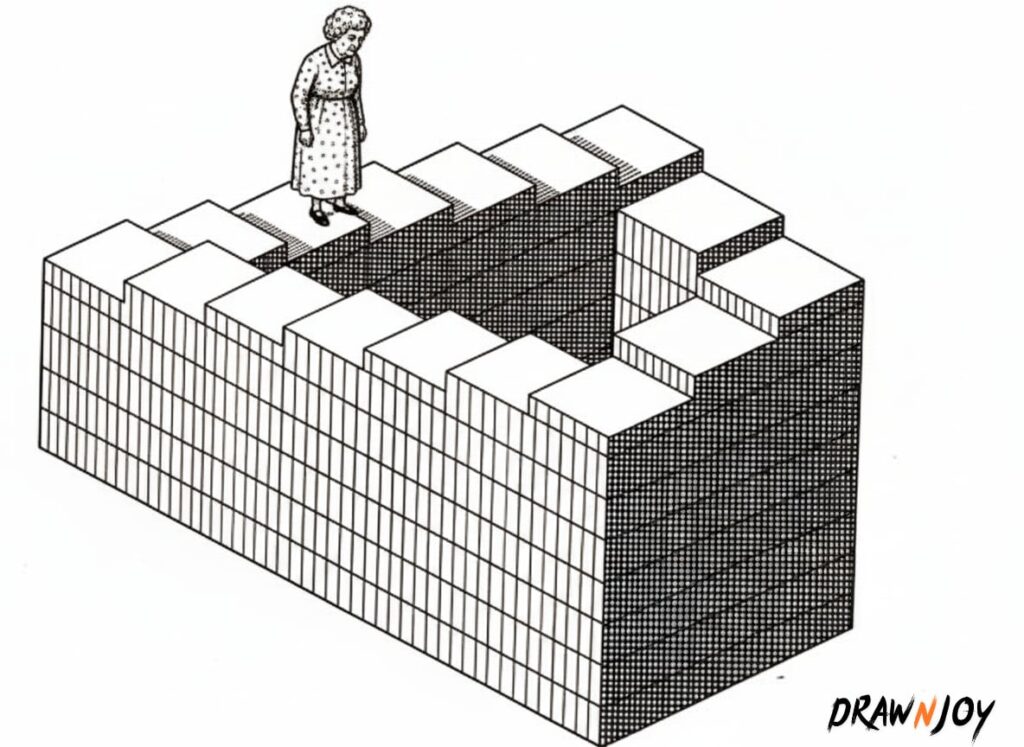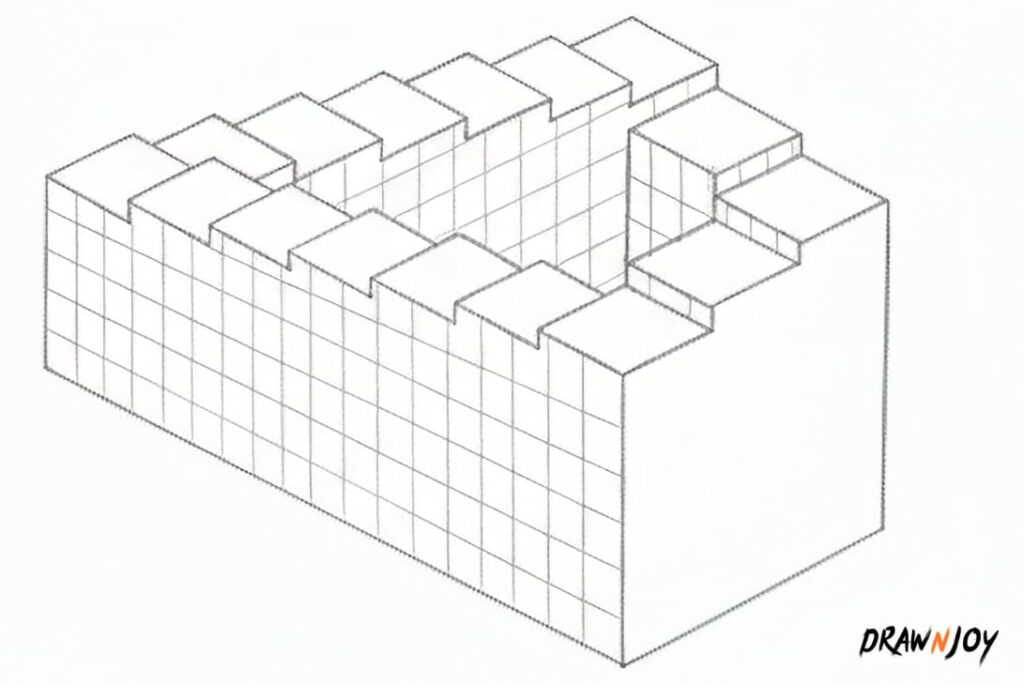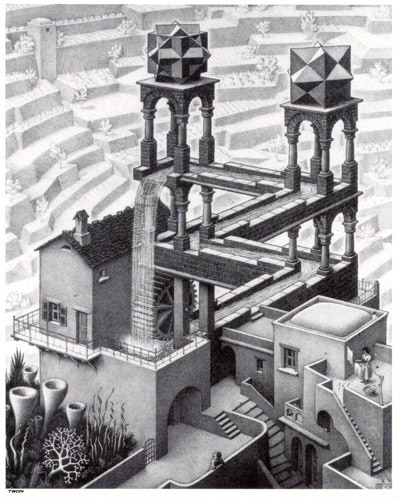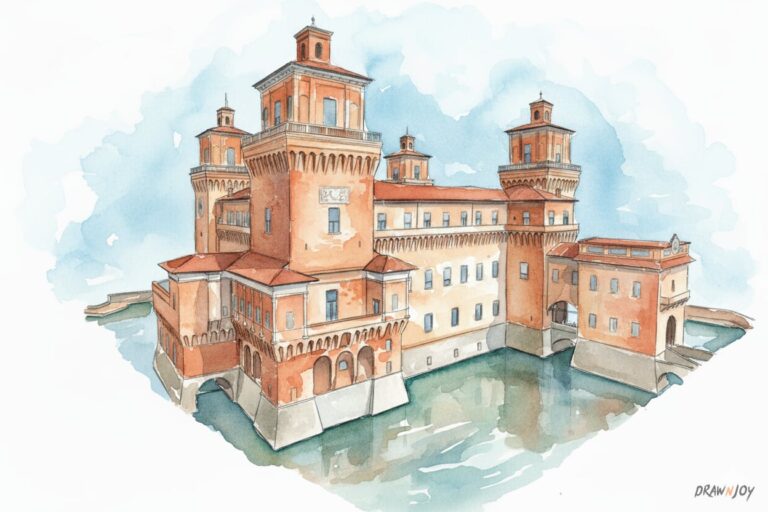

The Impossible World of M.C. Escher and the Secret of His Endless Stairs
Maurits Cornelis Escher was one of the most enigmatic artists of the 20th century, a man who turned mathematics and geometry into art. His engravings and lithographs became illustrations of a world where the impossible becomes possible: stairs leading both up and down, endless architectural constructions, and spaces where people live by their own laws of physics.
Escher was born into the family of an engineer and the daughter of a minister. At school, he was not a diligent student, but from an early age he showed a talent for drawing. His first mentor was a teacher who introduced him to woodcut engraving. From that moment, Escher discovered the world of graphic art and began working on his own pieces.
Although he never obtained a high school diploma, Escher relentlessly pursued his dream: he studied at the Technical School of Delft, took private lessons with the Dutch artist Samuel Jessurun de Mesquita, and later enrolled at the Haarlem School of Architecture and Decorative Arts. His travels and exposure to architecture from different cultures shaped his vision. Unlike traditional painters, Escher was fascinated not by oil painting but by mathematics and geometry, which defined his unique artistic style.
Escher’s true creative rise came in the late 1930s. In 1939, he created the seven-meter-long “Metamorphosis,” followed by the even larger “Metamorphosis II,” masterpieces of optical illusion. By the 1940s, he had become well known in Europe, giving lectures, holding exhibitions, and appearing in the press. Throughout his life, he produced around 200 works, laying the foundation for impossibilism—an art movement dedicated to “impossible” forms.
The Secret of Escher’s Stairs
His most famous motif is the endless staircase. The secret of this illusion lies in his mastery of perspective: each step appears to be both higher and lower than the previous one. In reality, the person “walking” the stairs does not move up or down at all.
The inspiration came from English mathematician Roger Penrose’s article Impossible Objects: A Special Type of Visual Illusion (1958). After reading it, Escher created his legendary works Waterfall and Ascending and Descending.

Can Escher’s Stairs Be Built?
In museums around the world, installations recreate Escher’s illusions in wood, cardboard, or glass. The trick is that such “impossible” constructions only work from a certain viewpoint. Anyone can attempt to build one: all it takes is calculating proportions and folding the figure from a sheet of paper. But we will simply try to draw simple Endless Stairs. Drawing it is fun and easygoing, but it’s more difficult than it seems at first glance.







Comments